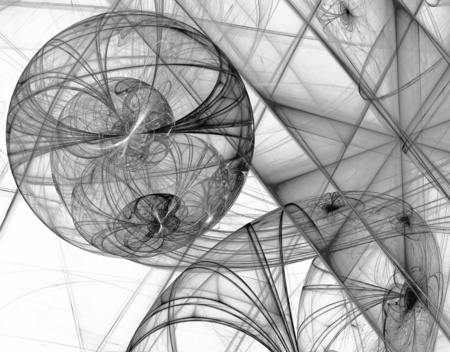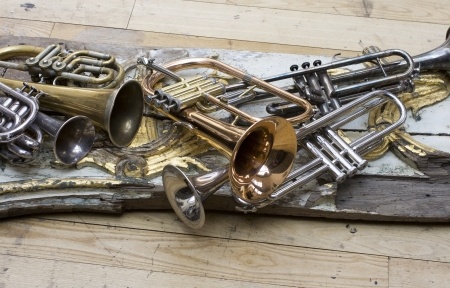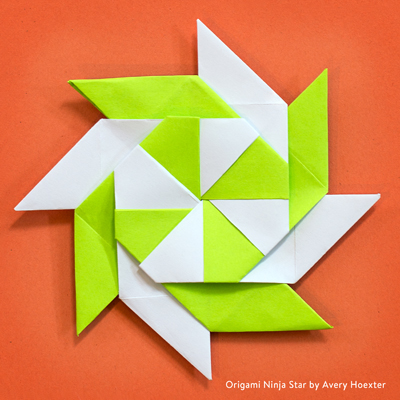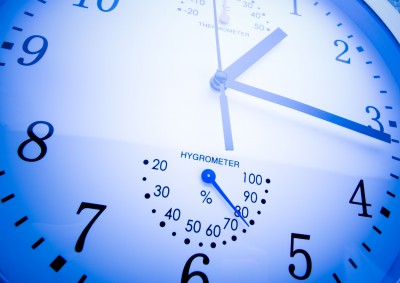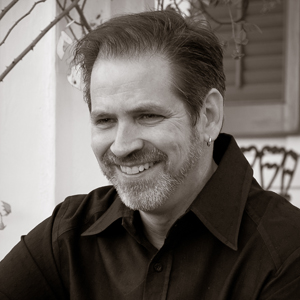Ever find yourself in a conversation with some people who suddenly switch to another language to talk to each other? While certainly a bit rude, there are a couple reasons why they might have done this: They may be more fluent in that language, perhaps needing to get to the point quickly, or were at a loss for words in English, but more likely, they didn’t want you to know what they were saying. This is the same reason parents “spell” words around their toddlers: “Do you think we could get some I.C.E. C.R.E.A.M after dinner?” Continue Reading…


